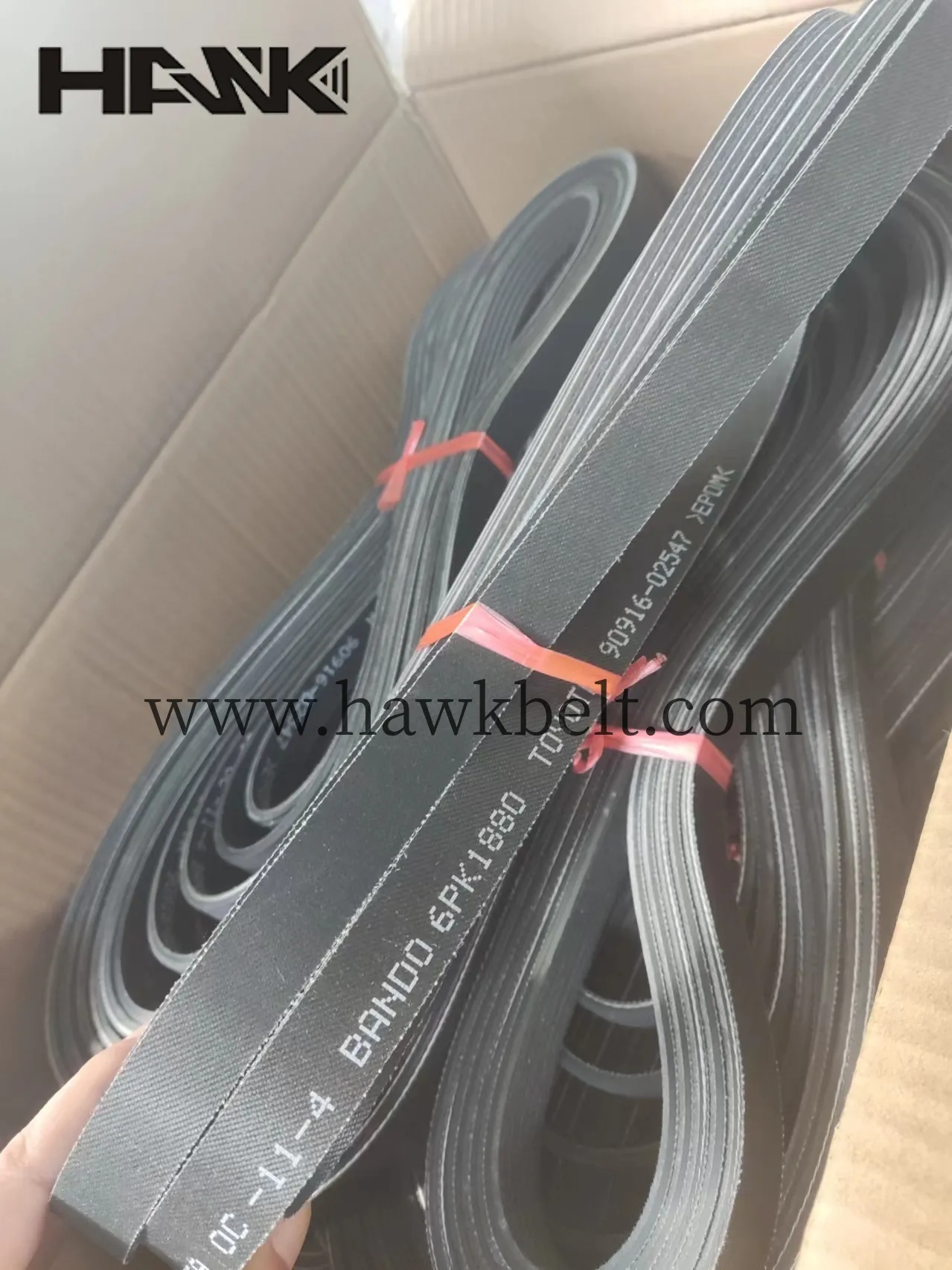- Arabic
- French
- Russian
- Spanish
- Portuguese
- Turkish
- Armenian
- English
- Albanian
- Amharic
- Azerbaijani
- Basque
- Belarusian
- Bengali
- Bosnian
- Bulgarian
- Catalan
- Cebuano
- Corsican
- Croatian
- Czech
- Danish
- Dutch
- Afrikaans
- Esperanto
- Estonian
- Finnish
- Frisian
- Galician
- Georgian
- German
- Greek
- Gujarati
- Haitian Creole
- hausa
- hawaiian
- Hebrew
- Hindi
- Miao
- Hungarian
- Icelandic
- igbo
- Indonesian
- irish
- Italian
- Japanese
- Javanese
- Kannada
- kazakh
- Khmer
- Rwandese
- Korean
- Kurdish
- Kyrgyz
- Lao
- Latin
- Latvian
- Lithuanian
- Luxembourgish
- Macedonian
- Malgashi
- Malay
- Malayalam
- Maltese
- Maori
- Marathi
- Mongolian
- Myanmar
- Nepali
- Norwegian
- Norwegian
- Occitan
- Pashto
- Persian
- Polish
- Punjabi
- Romanian
- Samoan
- Scottish Gaelic
- Serbian
- Sesotho
- Shona
- Sindhi
- Sinhala
- Slovak
- Slovenian
- Somali
- Sundanese
- Swahili
- Swedish
- Tagalog
- Tajik
- Tamil
- Tatar
- Telugu
- Thai
- Turkmen
- Ukrainian
- Urdu
- Uighur
- Uzbek
- Vietnamese
- Welsh
- Bantu
- Yiddish
- Yoruba
- Zulu
ਦਸੰ. . 06, 2024 13:28 Back to list
Choosing the Right Belt for Your Pulley System Explained
Understanding the Importance of Belts for Pulleys
Belts for pulleys are an essential component in mechanical systems, primarily found in various machines, from simple household appliances to complex industrial equipment. The functionality and efficiency of these systems heavily depend on the type of belt used, its tension, and the compatibility with pulleys. In this article, we will explore the significance of belts in pulley systems, the different types available, and their applications.
The Role of Belts in Pulley Systems
At its core, a belt is a flexible loop of material that transfers motion and power between two or more rotating shafts. In a pulley system, the belt connects the pulley wheels, allowing them to work in tandem. As one pulley rotates due to a power source, the belt transmits this motion to the other pulley, effectively transferring energy across the system.
Belts offer several advantages in mechanical systems
1. Power Transmission Belts can transmit significant amounts of power, making them ideal for various applications, from automotive engines to conveyor systems.
2. Flexibility and Adaptability Belts can run over multiple pulleys and adapt to different configurations, allowing for versatile design options in engineering.
3. Reduced Wear on Components Compared to gears, belts can help reduce wear and tear on mechanical components since they dampen shocks and vibrations.
4. Cost-Effectiveness Generally, belts are less expensive to manufacture and replace than gears or other power transmission systems, making them a popular choice in many designs.
Types of Belts
When discussing belts for pulleys, several types are used, each serving specific purposes based on the requirements of the application
1. Flat Belts These are the simplest type of belts, characterized by their flat surface. They excel in applications where low torque is needed and can slip if overloaded. Flat belts are commonly seen in older machinery and some light-duty applications.
belt for pully

2. V-Belts Shaped like a V, these belts fit snugly into the grooves of the pulleys. V-belts provide excellent grip and are capable of handling higher loads and speeds than flat belts. They are widely used in automotive engines, lawnmowers, and industrial machinery.
3. Timing Belts Featuring teeth on their inner surface, timing belts are designed to keep the timing of the system synchronized. They are commonly found in automotive engines, where precise timing is critical to performance.
4. Round Belts These have a circular cross-section and are often used in applications where flexibility and adaptability are required. Round belts excel in small-scale machinery and conveyor systems.
5. Poly-V Belts These belts have multiple grooves and are designed for heavy-duty applications. They provide a higher power transmission capacity and are commonly used in automotive and industrial applications.
Applications of Belt and Pulley Systems
Belts for pulleys have a wide array of applications across various industries
- Automotive In cars, belts are used for driving various accessories, including the alternator, water pump, and air conditioning compressor. Timing belts ensure proper engine timing, preventing catastrophic failures.
- Manufacturing Conveyor belts in manufacturing plants rely on a pulley system to move products along the production line seamlessly. The choice of belt affects speed and efficiency.
- Agriculture Many agricultural machines, like tractors and harvesters, use belts to transfer power from the engine to different functional parts, improving overall efficiency and productivity.
- Home Appliances Common home appliances, such as washing machines and dryers, utilize belts to facilitate the rotation of drums and pumps.
Conclusion
Belts for pulleys play a crucial role in the functionality and efficiency of various mechanical systems. Understanding the different types of belts and their specific applications allows engineers and technicians to select the appropriate belt for their needs, ensuring optimal performance and longevity. As technology continues to advance, the materials and designs of belts will also evolve, further enhancing the capabilities of pulley systems in various fields.
-
Korean Auto Parts Timing Belt 24312-37500 For Hyundai/Kia
NewsMar.07,2025
-
7PK2300 90916-T2024 RIBBED BELT POLY V BELT PK BELT
NewsMar.07,2025
-
Chinese Auto Belt Factory 310-2M-22 For BMW/Mercedes-Benz
NewsMar.07,2025
-
Chinese Auto Belt Factory 310-2M-22 For BMW/Mercedes-Benz
NewsMar.07,2025
-
90916-02660 PK Belt 6PK1680 For Toyota
NewsMar.07,2025
-
drive belt serpentine belt
NewsMar.07,2025

